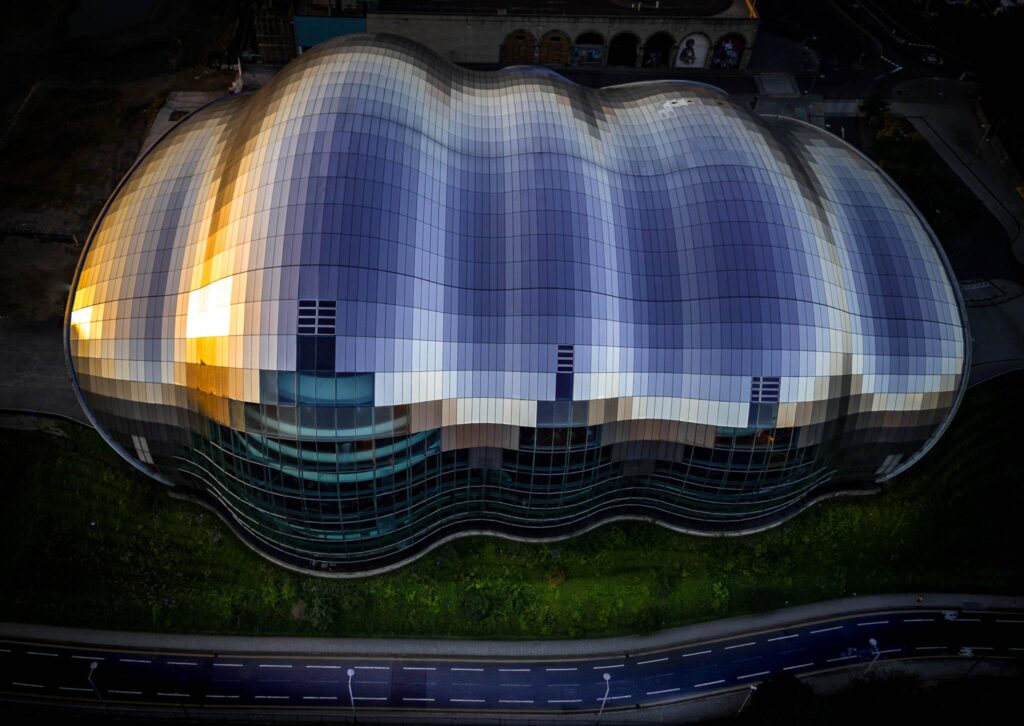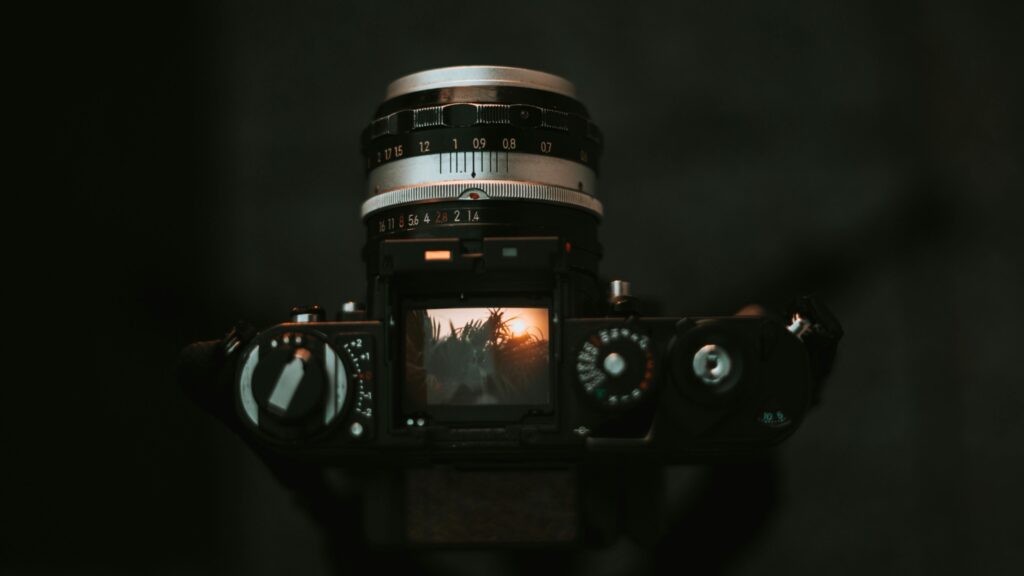What if I offered you something for nothing? Your response will invariably be, what’s the catch? Iso invariance does offer you something for nothing, but there are, of course, catches.
But what is ISO invariance, why does it matter, and do we really need to use it? Also, what are ISO invariant cameras? Read on to learn more about ISO invariance and how it can benefit you.
These are questions that I hope to answer in a relatively simple way today. Simple because the technical aspects of ISO invariance are more than my brain can cope with. However, behind those technical complexities lie an interesting and useful function, one that might be more useful than you originally thought. So, how to use iso invariance, and is it available on your digital camera at all?
But before we look at ISO invariance, we should really take a quick look at ISO itself.
What Is ISO? And What Is Iso Invariant Sensor?
Like many of the technical aspects of photography, ISO has its roots way back in the days of film. It was a term used to denote the speed of a film, it’s sensitivity to light. As we progressed to the digital age, we swapped celluloid for sensors. Sensors had one base ISO, its default sensitivity. With film, we could easily swap out a slow film for a fast one if required. With a digital sensor, that was clearly impossible. However, what engineers could do with sensors is boost the signal that comes from the sensor. In this way, we get extended iso values.
Needless to say, extended ISO range is something that helps digital photography a lot!

Noise Performance And Iso Invariance
That boosting of the signal was given the ISO scale so that we photographers had an easy way to reference the way the sensitivity changes. In other words, 100 to 200 ISO value was a one-stop increase in sensitivity, a doubling of the amount of light the camera would capture.
However, boosting the signal came at a cost, more electrical interference. This interference manifested itself as noise in our images. This was very similar looking to the increased grain we experienced with higher ISO films, only it was produced in a very different way.
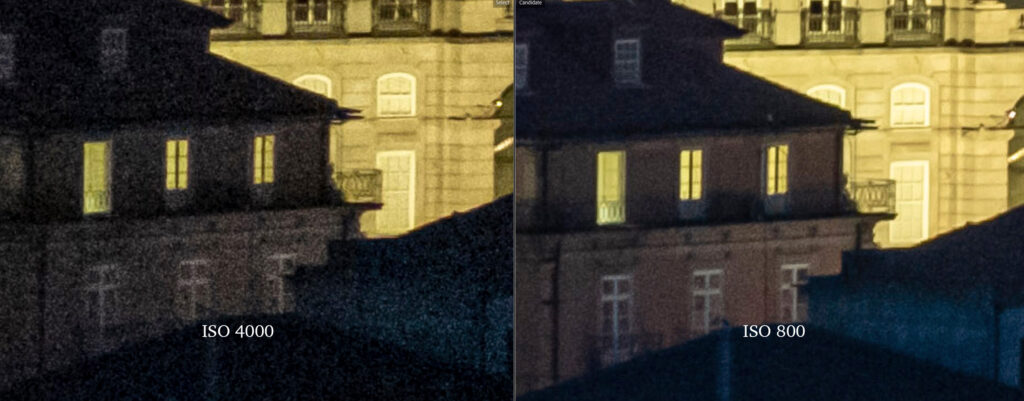
ISO Invariance Explained: What Is An Iso Invariant Camera
Some modern cameras have the ability to obtain a similar image quality either by using a high ISO in the camera or by shooting at a low ISO and bumping the exposure in post-production. This is the basics of ISO invariance, the camera is effectively ISO agnostic. Not all cameras, even the very latest have this feature but many do. A quick Google search should reveal if your camera does have this capability. Many digital cameras nowadays are iso invariant cameras.
Camera Settings: ISO, Aperture And Shutter Speed
So how does this work in the real world? Well, let’s say you need a high ISO to freeze some action in a low-light scenario. Normally you would bump the ISO up so that it matches your required shutter speed. For example, you would shoot a shutter speed of 1/2000th of a second at f/2.8 with an ISO of 6400.
With an ISO invariant camera, you could take that ISO back down to the base level of 200 but maintain the same shutter speed and aperture. The resultant image would, of course, be very, very dark, but the magic happens in post-production. High iso values don't have to create noisy images if you have an iso invariant camera.
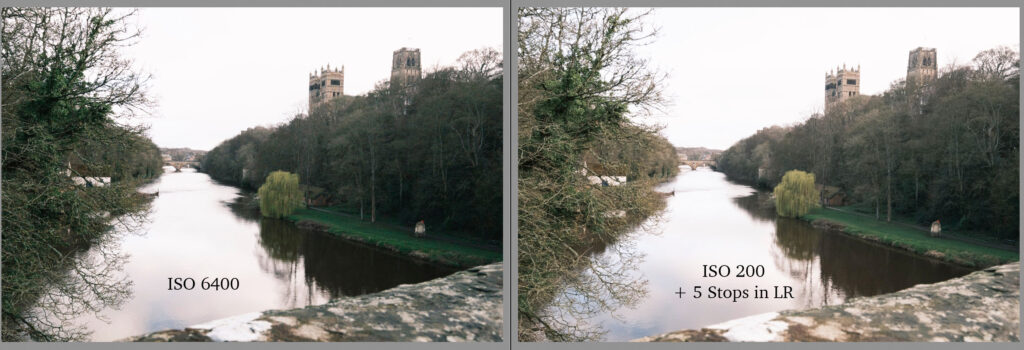
Post Processing Software
In something like Lightroom, we would move the exposure slider to the right to boost the exposure level of the image. Properly exposed images are a must! In this particular scenario, we would add five stops of exposure to the shot. The resultant image should look very similar in quality to the one shot at an ISO value of 6400. They won’t always be identical, but noise and contrast levels will be broadly similar. Current post processing allows for such digital amplification.
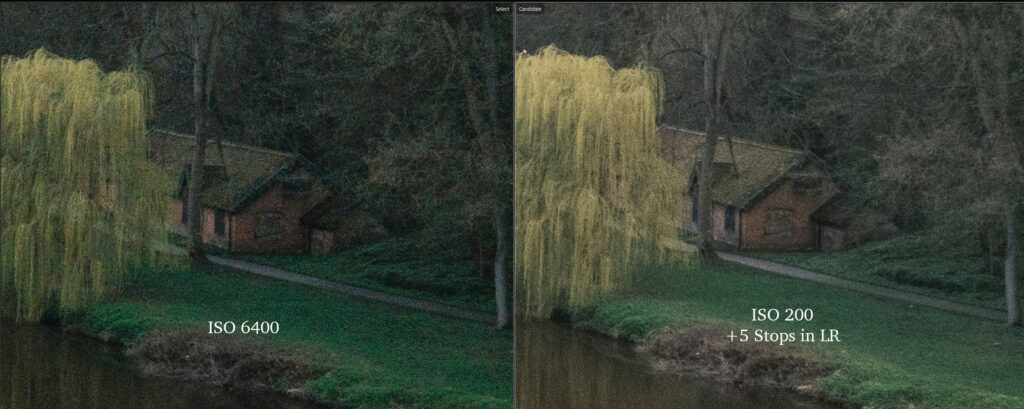
Why Would You Use Iso Invariance?
Ok, so this all sounds like a neat trick, but why would I want to use ISO invariance? After all, if the image noise is broadly similar, why bother? There are two reasons why you might use ISO invariance.
The first is that by shooting at the base ISO, you will have a greater dynamic range than when using a much higher ISO. This is partially maintained when you move the exposure slider to the right. This can be particularly useful in low-light scenes where you might have an abundance of artificial lights in the scene. These may be more prone to blow out in a higher ISO shot, and as we know, blown highlights are pretty much unrecoverable.
It's essential to understand the exposure triangle whenever you deal with changing aperture and shutter speed along with ISO value.
Another Way To Use ISO Invariance Explained
The other reason is more interesting. By using masks in post-production, we can effectively have an image that has multiple different ISO levels. For example, say I shot a very dark and stormy landscape with an incredibly dramatic sky at base ISO. The resulting image is way too dark because I wanted a high shutter speed to freeze motion in the trees and grass.
In post-production, if I bring up the exposure slider, I will lighten the whole image. This may be fine, but I might well lose that stormy-looking sky.
However, I can bring the exposure up just enough to maintain that stormy-looking sky. The result is that the foreground will be very dark. However, by using Lightroom masking, I can select the foreground and boost the exposure more bringing a better balance to the image. There is an added bonus in that we will have less noise in the sky; noise in the skies can be very prominent because it effectively has a lower ISO than the foreground.
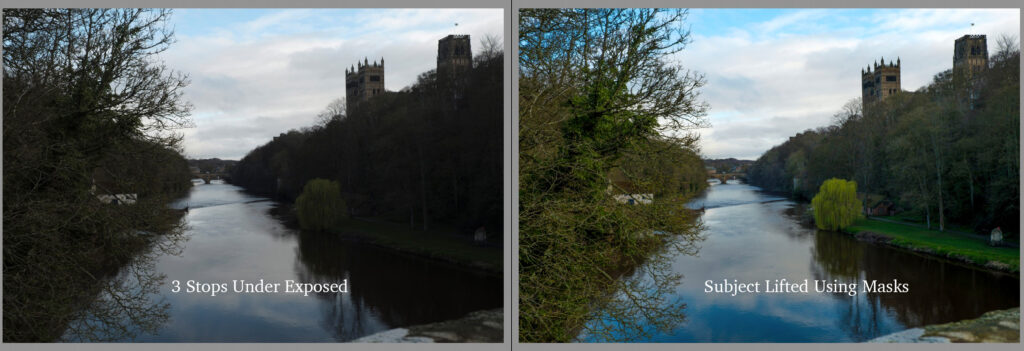
What Are The Drawbacks Of Using ISO Invariance?
So what of those catches we mentioned? Well, first of all, and as said, not all cameras have this capability, especially older cameras. Secondly, many cameras that do have ISO invariance do not do it as well as some other cameras. They are more restricted to what ISO levels you can use. The Fuji X-T4 and X-H2s that I use seem particularly well suited to using ISO invariance with good results up to an ISO 6400 equivalence. However, with most cameras, go beyond that, and you will not see such good results.
ISO invariance is an interesting tool. It’s probably not something that you will need to use on a day-to-day basis; however, when the time arises and you need to, for example maintain a stormy sky or protect some highlights, it’s a very useful function to have. The final images can be exactly what you are looking for thanks to this feature, which is great in low light conditions, night photography, landscape photography and so on.
To learn more about the ISO invariance feature, feel free to ask us questions in the comment section below.

